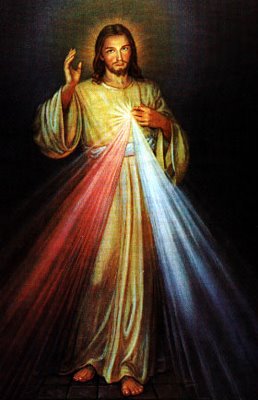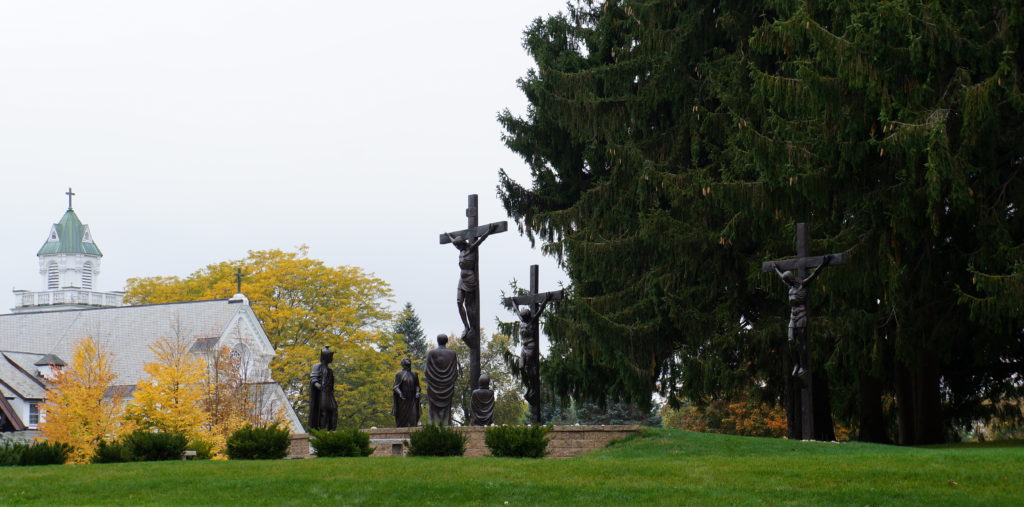When I was 13, I saw The Nutcracker ballet for the first time. It wasn’t my family’s style to go to the ballet, or symphony or theater, but my best friend and her mom had invited my mom and I along. I went in cold without any knowledge of the music or story, and I probably thought I was too cool for it or something, fairies and tutus and such. But the anticipation alone was excitement enough. The whole experience of dressing up, handing over our tickets, finding a seat through the crowd, a live orchestra– all of it was new and exhilarating. I felt immediately elevated; I felt wealthier, smarter, more beautiful; I felt like a classy broad.
As soon as the orchestra played the first several measures and the curtains swept back, I was gone. By thirteen, I had quickly buried my love of fairytales and sense of wonder in favor of a more enlightened and cynical worldview, but The Nutcracker called my bluff. I don’t even know if it was critically good, but I will never know because I was in love with all of it: the costumes, the narrative, the story-telling through dance– all of it was magical. But the moment that transported me was the Pas de Deux. I was sure I had never heard any music so ethereal. I was swept away with its romance and grandeur. When we got home, I picked out the melody on the piano, and later when I received the soundtrack as a Christmas gift, I listened to it over and over again. It was like getting wrapped in a tender whirlwind and lifted off the ground. I regularly listened to that album, just as regularly as Smashing Pumpkins’ Siamese Dream and Tori Amos’s Little Earthquakes.
It wasn’t until I had children that I began to explore more of Tchaikovsky’s work. I excitedly introduced my little girls to Disney’s Sleeping Beauty, which had been my absolute favorite animated movie as a child, only to realize that Disney had borrowed Tchaikovsky’s Sleeping Beauty ballet as its score. Watching that movie as an adult was like finding the source of my own aesthetic: the stylized art inspired by medieval tapestry, the sharply angled faces of the heroes and heroines, the woodland cottage and stately castles, and the score that carried it all on a current through peril and triumph. This was the foundation of beauty for me.
I was thrilled to introduce my children to Tchaikovsky, and while the ballet is still expensive, many ballets are available on disc, which is how we watch The Nutcracker every year, and how we’ve all seen Sleeping Beauty and Swan Lake. I have loved watching it capture their imagination as they bound about the room copying the dances and memorizing the melodies, and then when they’re older, discussing themes, motifs, and artistic choices. It renews the wonder for me. Gradually, I take one child at a time to the ballet (or live theater) as we can afford it so they can experience the heightened anticipation of a performance, and possibly be transported by a song.
Even now, thirty years later, something happens to me when I listen to the Pas de Deux, like the invisible string that connects me to my Creator pulls taut and draws my attention. I’ve thought a lot about why. I think it captures the overwhelming feeling of longing and desire, and the exclusivity of romance when the world passes away and the only other body you’re aware of is that of your lover. There’s safety, protection, and strength in its exclusivity and one-ness. The continuous, climbing scales within the song that ascend and descend capture the moments of anticipation, of joy and delight, at times of sorrow, and ultimate ecstasy of love. The grandeur of the song– and the moment in the ballet– captures the pursuit of God the Lover for us, and the full realization of our purpose in communing fully with Him.
Going to the ballet was transformative. It opened up a whole new arena of visual and musical storytelling, of beauty incarnate in the human form. There is a cathedral-like quality in the ballet, a sacramentality where conceptual beauty meets the human form and music tells a story to draw our attention elsewhere, not to escape, but to connect more fully with our humanity.


